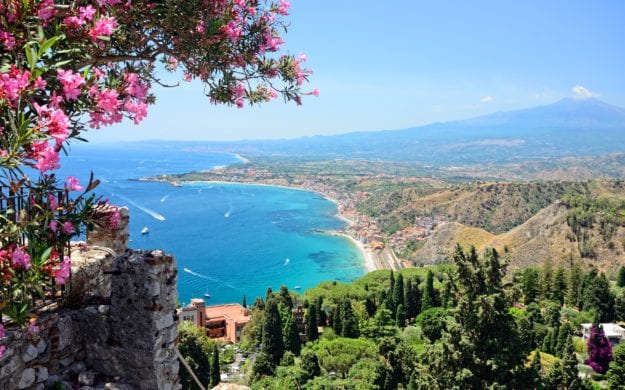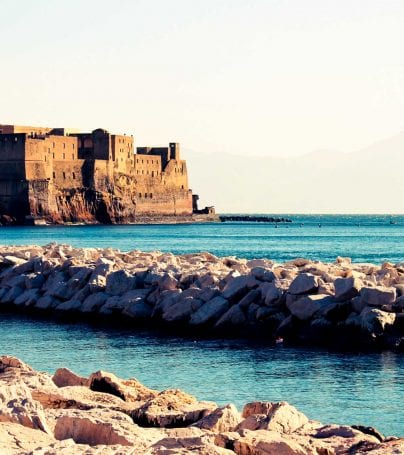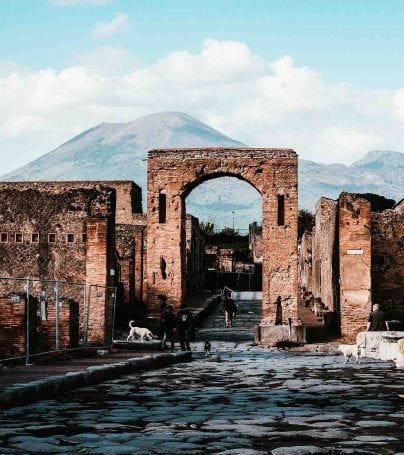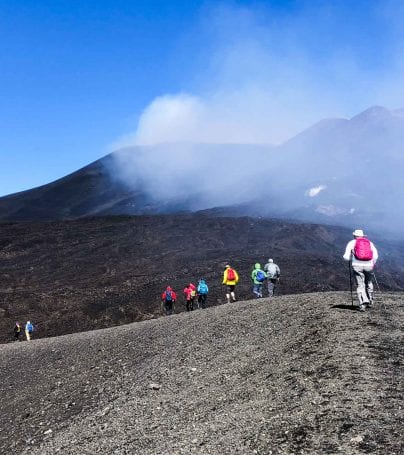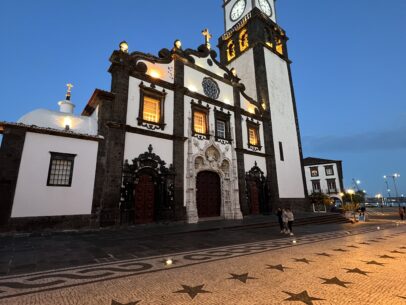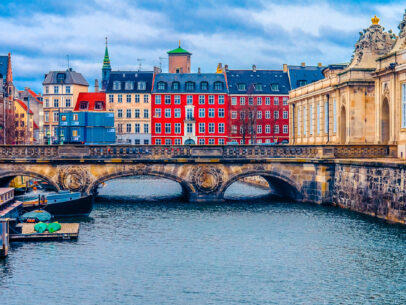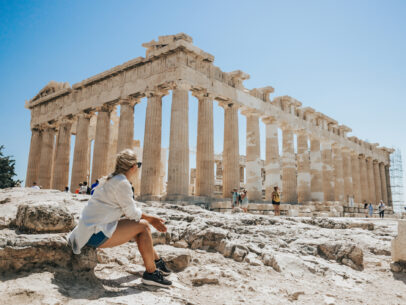Noto Adventure Tours
Noto is a city in Sicily, Italy, in the Province of Syracuse, 32 km southwest of the city of Syracuse, at the feet of the Iblei Mountains. The city gives its name to the surrounding valley, Val di Noto. In 2002 Noto and its church were declared a UNESCO World Heritage Site. The older town, Noto Antica, lies 8 km directly north on Mount Alveria. It was the ancient Netum, a city of Sicel origin, left to Hiero II by the Romans by the treaty of 263 BCE and mentioned by Cicero as a foederala citilas (Verr. v. 51, 133), and by Pliny as Latinae conditionis (Hist. Nat. iii. 8. 14). According to legend, Dedalus stopped here after his flight over the Ionian Sea, as well as Hercules, after his seventh task. In the Roman era, it opposed praetor Verres. In 866 it was conquered by the Arabs, who elevated to a capital city of one of three districts of the island (the Val di Noto). Later it was a rich Norman city.
In the 16th-17th centuries it gave birth to several notable intellectual figures, including Giovanni Aurispa, jurists Andrea Barbazio and Antonio Corsetto, as well as the architect Matteo Carnelivari: in 1503 king Ferdinand III gave it the title of civitas ingeniosa (“ingenious city”). In the following centuries the city expanded enlarging its medieval limits; and new buildings, churches and convents were built. These, however, were all totally destroyed by the earthquake of January 11, 1693. The devastation of the city on Mount Alveria was accompanied by its economy, which relied mainly on agricultural products — vine, oil, cereals, rice, cotton — and its renowned handicrafts.
The current town, rebuilt after the earthquake on the left bank of River Asinaro, was planned on a grid system by Giovanni Battista Landolina. This new city occupied a position nearer to the Ionian Sea. The presence of architects like Rosario Gagliardi, Francesco Sortino and others, made the new Noto a masterpiece of Sicilian Baroque, dubbed Stone Garden by Cesare Brandi and is currently listed among UNESCO’s World Heritage Sites. The new structures are characterized by a soft tufa stone, which under sunlight assumes a typical honey tonality.
The city, which had lost its provincial capital status in 1817, rebelled against the House of Bourbon on May 16, 1860, leaving its gates open to Giuseppe Garibaldi and his expedition. On October 21 of the same year a plebiscite sealed the annexation of Noto to Piedmont.
In 1844 Noto was named a bishopric seat, but in 1866 suffered the abolition of the religious guilds, which were deeply linked to the city’s structures and buildings.
Noto was freed from fascist dictatorship in July of 1943. At the referendum of 1946, the Notinesi people voted in favour of the monarchy.
Noto is famous for its fine buildings of the early 18th century, considered among the main masterpieces in the Sicilian baroque style.
Palaces and Other Buildings
- Ducezio Palace, the current Town Hall. Designed by Vincenzo Sinagra, it houses neo-classical style frescoes by Antonio Mazza.
- Astuto Palace.
- Villadorata palace on Via Nicolaci which was built by P. Labisi in 1733.
Religious Buildings
- Cathedral of San Nicolò di Mira (finished 1776).
- Church of Santa Caterina.
- Church of San Corrado.
- Church of the Collegio di San Carlo.
- Church of the Jesus Name.
- Monastery of Santa Chiara (1735), designed by Gagliardi. It has an oval plant, the interior divided by twelve columns housing a Madonna with Childfrom the 16th century.
- Church of San Michele Arcangelo.
- Church of Santa Maria della Scala.
- Church of Santissimo Salvatore.
- Town Library.
- Church of San Nicola di Mira.
- Church of Santa Chiara, with a precious MadonnaAntonello Gagini. by
- Church of San Francesco D’Assisi (Immacolata).
- Church of the Spirito Santo.
- Church of Ecce Homo.
- Church of Santa Maria dell’Arco.
- Church of the Anime Sante del Purgatorio (“Holy Souls of the Purgatory”).
- Church of Santa Maria della Rotonda.
- Church of the Santissima Trinità.
- Church of San Carlo al Corso (by Rosario Gagliardi)
- Church of Santa Maria del Carmelo.
- Church of San Pietro Martire.
- Church of San Michele Arcangelo.
- Church of San Domenico (by Rosario Gagliardi).
- Church of Sant’Antonio Abate.
- Church of Santa Caterina.
- Church of the Crociferio di San Camillo.
- Church of Montevergine (San Girolamo).
- Church of Santissimo Salvatore.
- Church of San Andrea Apostolo.
- Church of San Pietro delle Rose (Saints Peter and Paul).
- Church of the SS. Crucifix.
- Church of San Egidio Vescovo.
- Church of Santa Maria del Gesù.
- Church of Annunziata.
- Church of Santa Agata.
Archaeological Finds
The remains of Noto’s early inhabitants are almost entirely hidden beneath the ruins of the mediaeval town, except for three chambers cut into the rock — one of which is noted by an inscription in the library at Noto, to have belonged to the gymnasium; while the other two were heroa, or shrines of heroes. But explorations have brought to light four cemeteries of the third Sicel period, and one of the Greek period, of the 3rd and 2nd centuries BC. There are also catacombs of the Christian period and some Byzantine tombs.
Customize Your Dream Adventure
We are here to help craft tailor-made adventures for individuals, couples, families, and groups of explorers.

